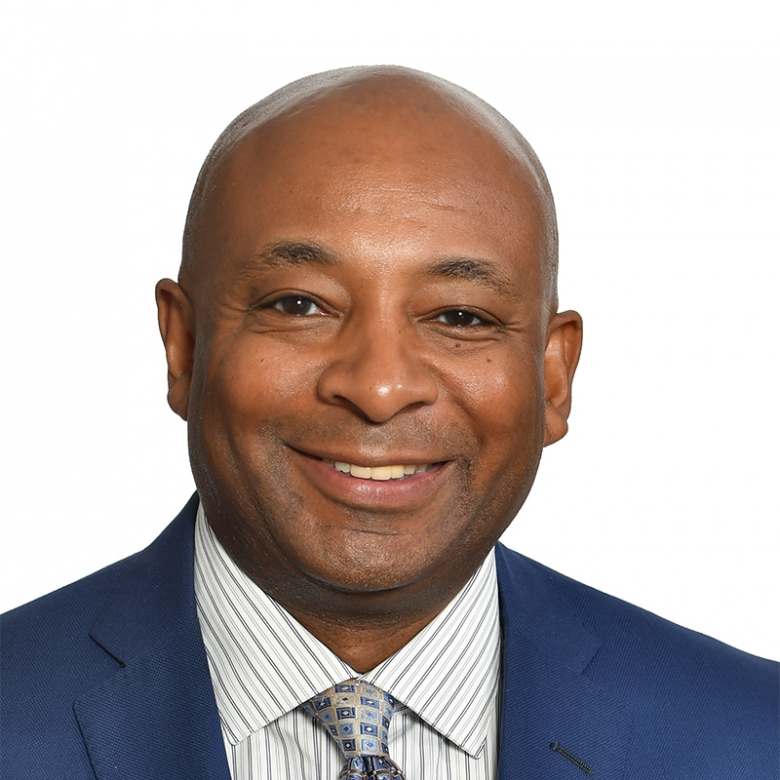

By now, most can agree that going electronic is a necessity of doing business, especially in the health care setting.
Among other uses, electronic health records (“EHR”) often provide for the ability to exchange critical patient health information between providers (i.e.–Health Information Exchanges) leading to records that can be updated in real-time, and continuity and coordination of care.
The Centers for Medicare and Medicaid Services defines an EHR as “an electronic version of a patient’s medical history, that is maintained by the provider over time, and may include all the key administrative clinical data relevant to that person’s care under a specific provider, including demographics, progress notes, problems, medications, vital signs, past medical history, immunizations, laboratory data and radiology reports.”
When presented with legal claims, properly maintained EHRs equip counsel for the facility with a strong defense. However, this does not come without its challenges.

One of the biggest challenges to maintaining an EHR that sets a solid foundation for defending legal claims is integration of the paper record. In many cases, the paper record contains critical clinical and demographic information for the patient. Importing the paper record into the EHR not only supplies the provider with information for the patient’s care, but it also reduces the risk that vital information will be lost. As such, it is important for facilities to develop a process to incorporate the paper record into the EHR.
If the provider’s EHR system will not allow for incorporation of the scanned paper records, there are a couple of options to entering data into the EHR from the paper record: direct data entry and/or practice management software.
Which method a facility chooses will depend on the amount of information or data needing to be converted, the timeframe for conversion, and availability of staff resources. Facility administrators will need to weigh the pros and cons of each factor and method.
Whichever method is chosen, ensuring accuracy and completeness of the data is imperative. Accuracy of data in the EHR affects not only patient care but billing, reporting, and defense of legal claims. As such, facilities should implement a quality assurance program to continuously monitor the accuracy and effectiveness of the EHR.

As a facility converts patient data from paper records to the EHR, quality checks should be conducted at each step to ensure accuracy. AHIMA suggests that each check should ensure the records “1) match the data in the paper health record, 2) are indexed appropriately in the EHR; 3) are placed on the correct patient; and 4) match the data elements defined by the [facility].”
Lastly, once entry of data or the import of the scanned paper record into the EHR is complete, facilities must determine how to best purge the paper record.
Facilities should implement a records management policy and procedure for properly disposing of the paper record only when there is confidence and trust in the EHR data. Further, facilities should ensure that they are following all applicable state and local laws concerning retention of patient information.
Norris Cunningham is a founding shareholder and leads the Health Care Practice Group at Katz Korin Cunningham PC (KKC) in Indianapolis. Contact him at [email protected].
Angela Rinehart is an associate attorney in the Health Care Practice Group at KKC and focuses her practice on the defense of long-term care providers. Contact her at [email protected].
John Myers is the litigation support director for KKC and has extensive trial and technical support experience for all aspects of litigation. Contact him at [email protected].
The opinions expressed in McKnight’s Long-Term Care News guest submissions are the author’s and are not necessarily those of McKnight’s Long-Term Care News or its editors.







